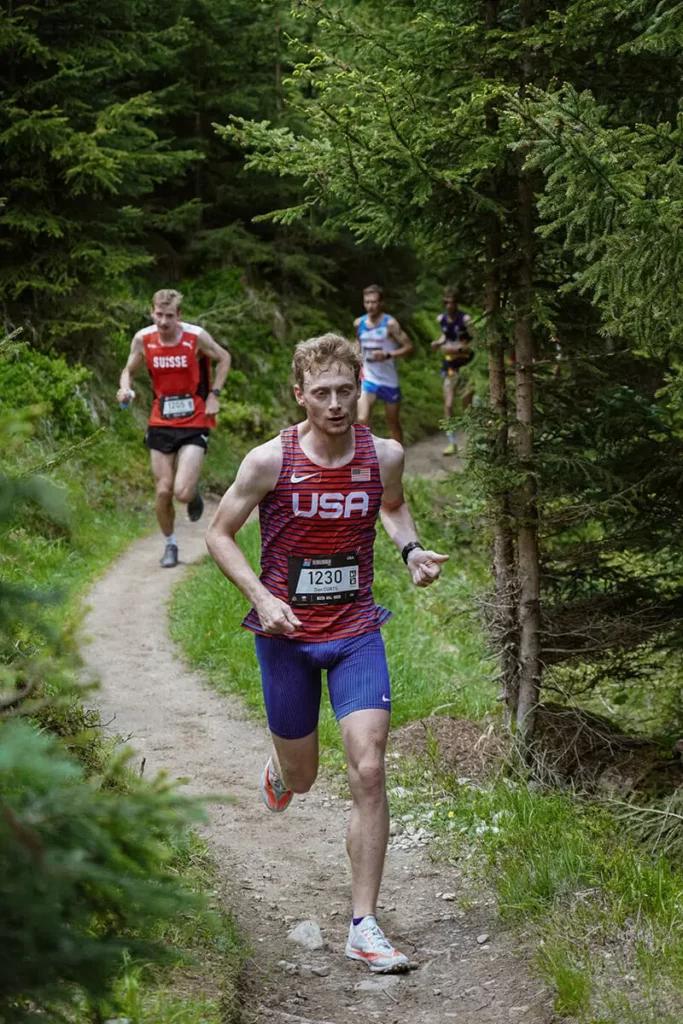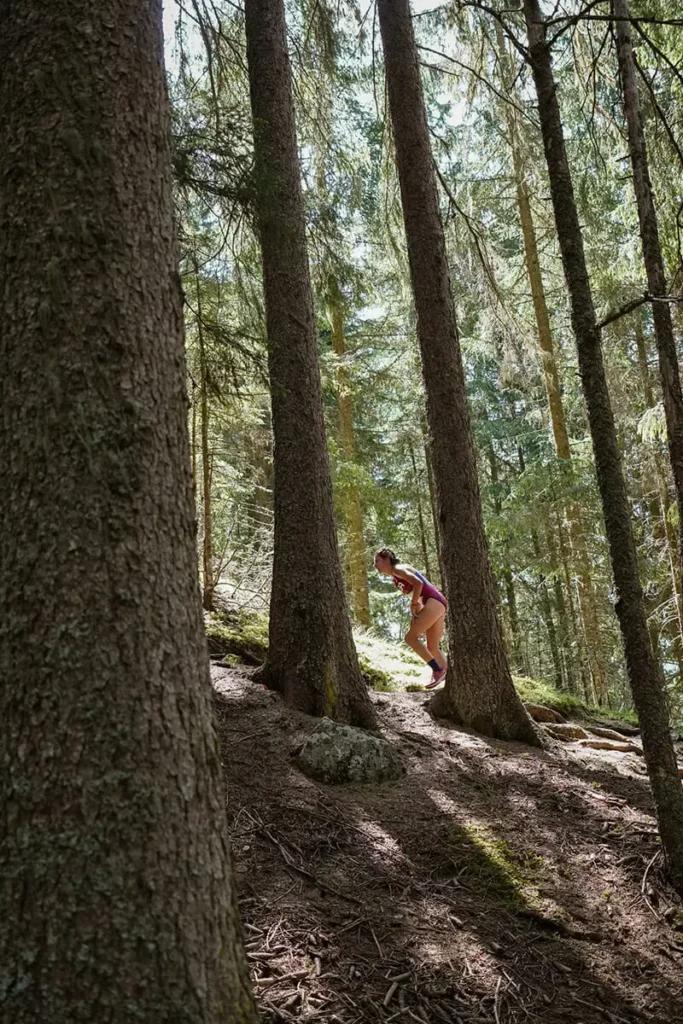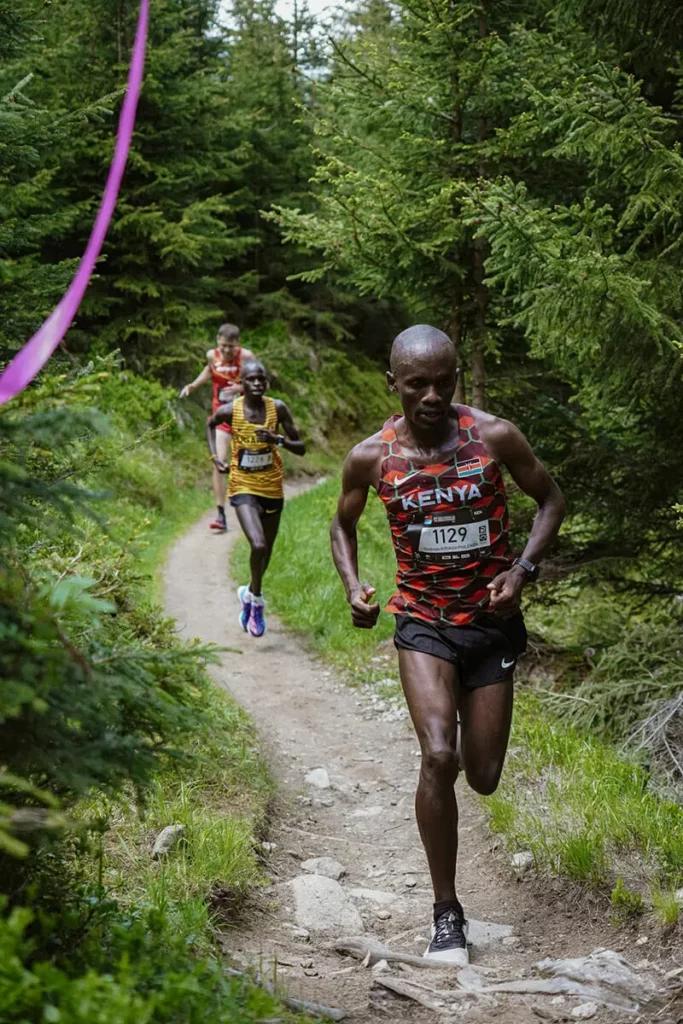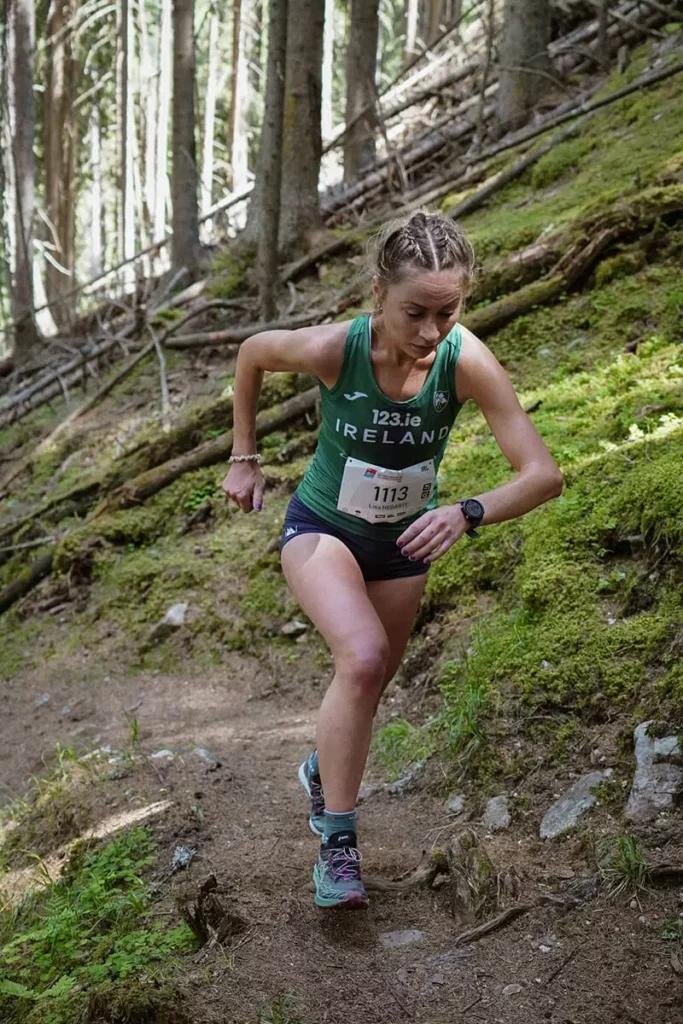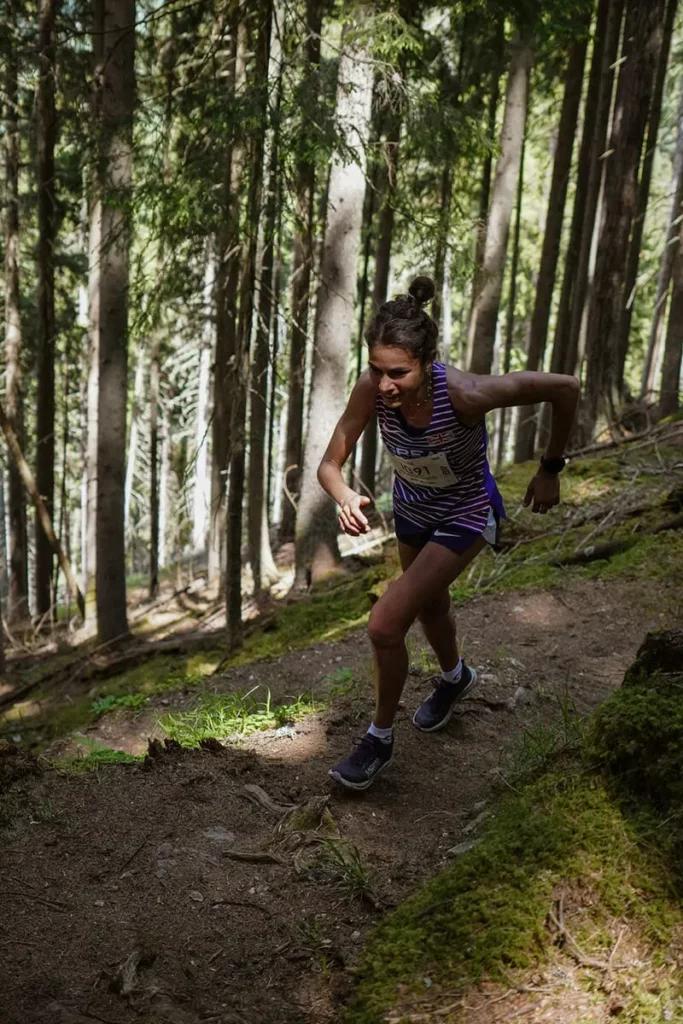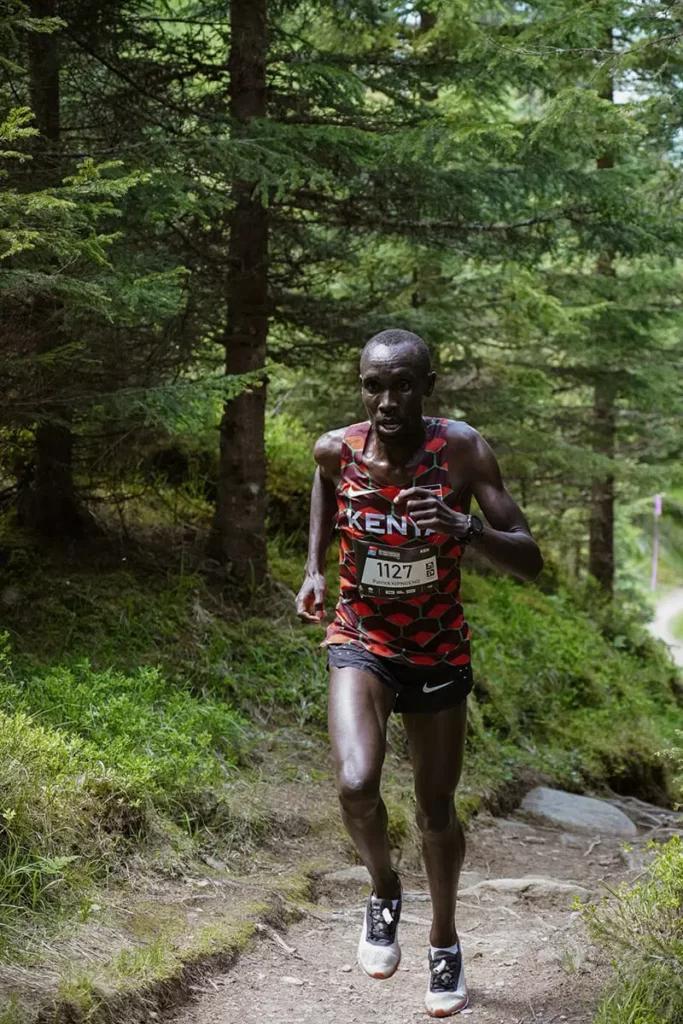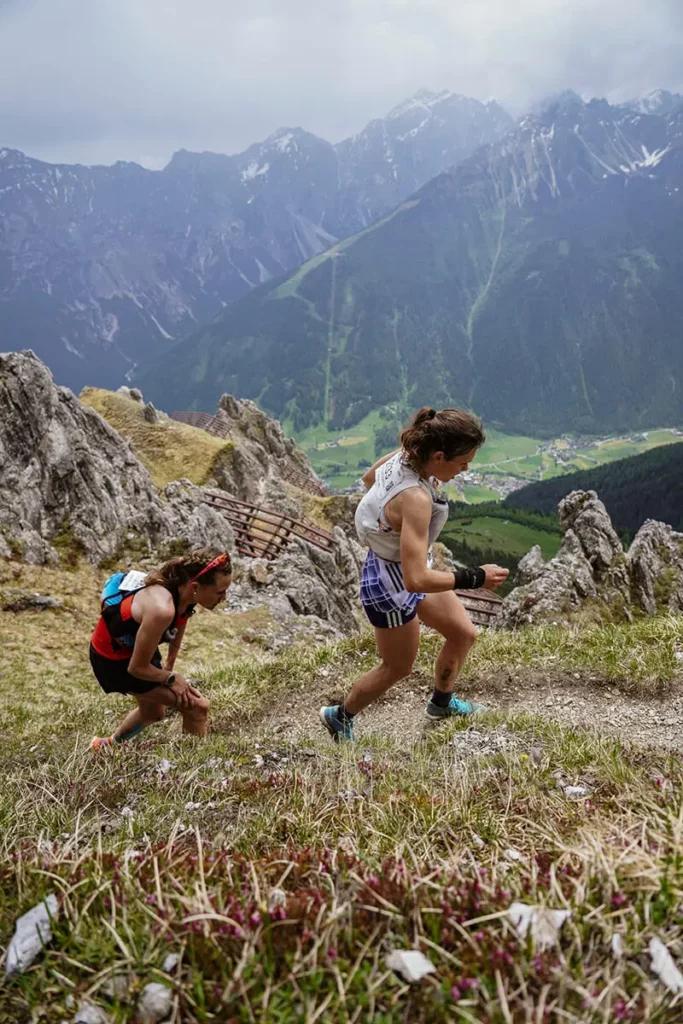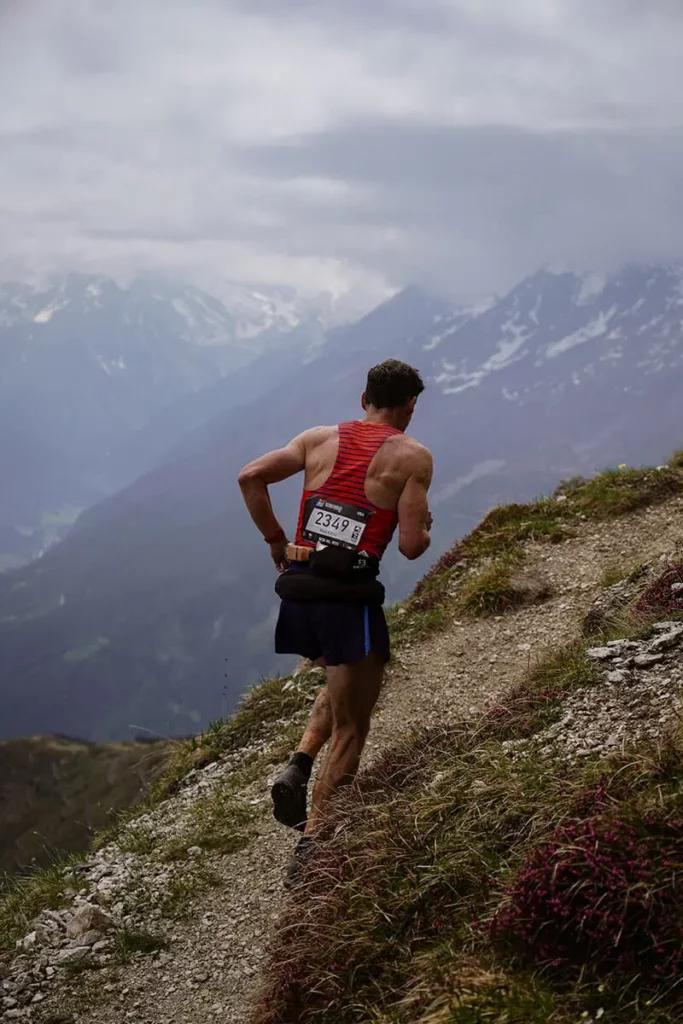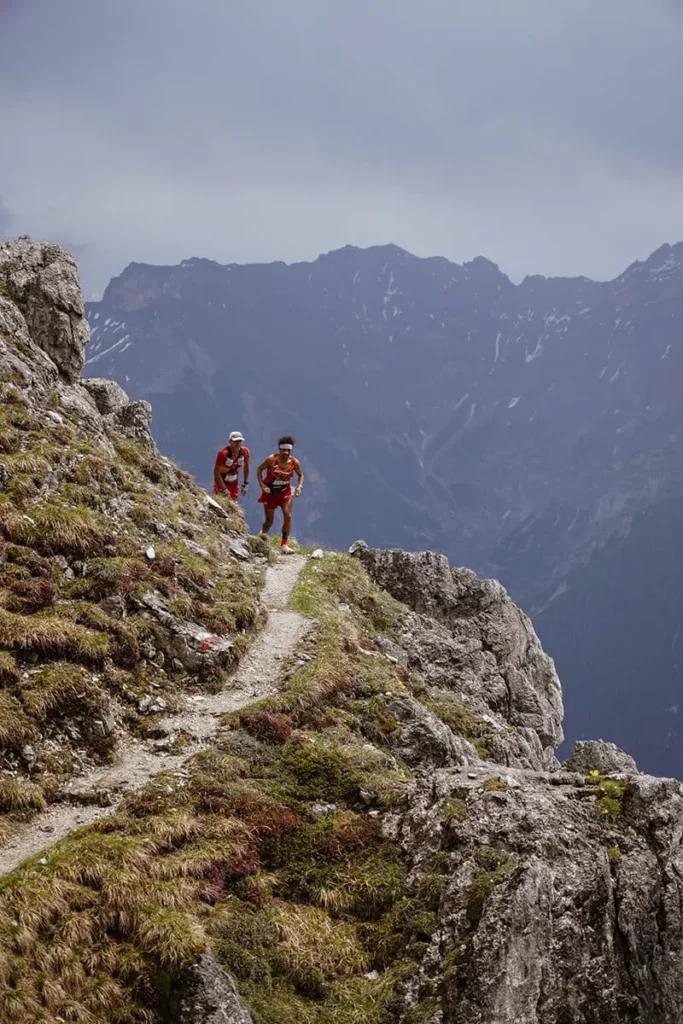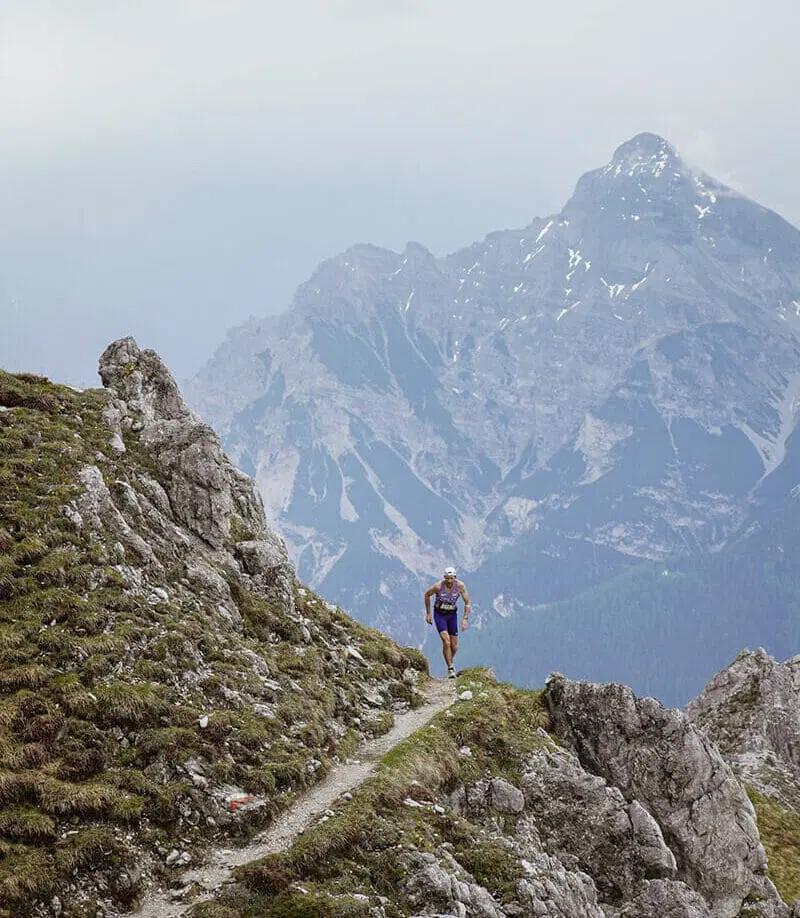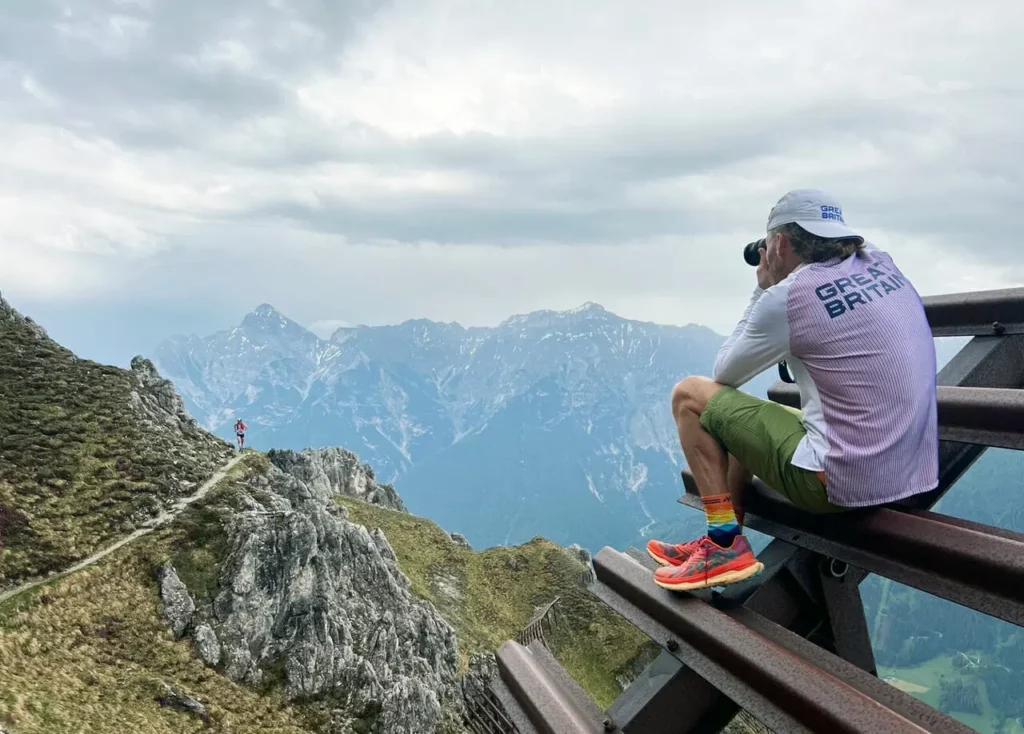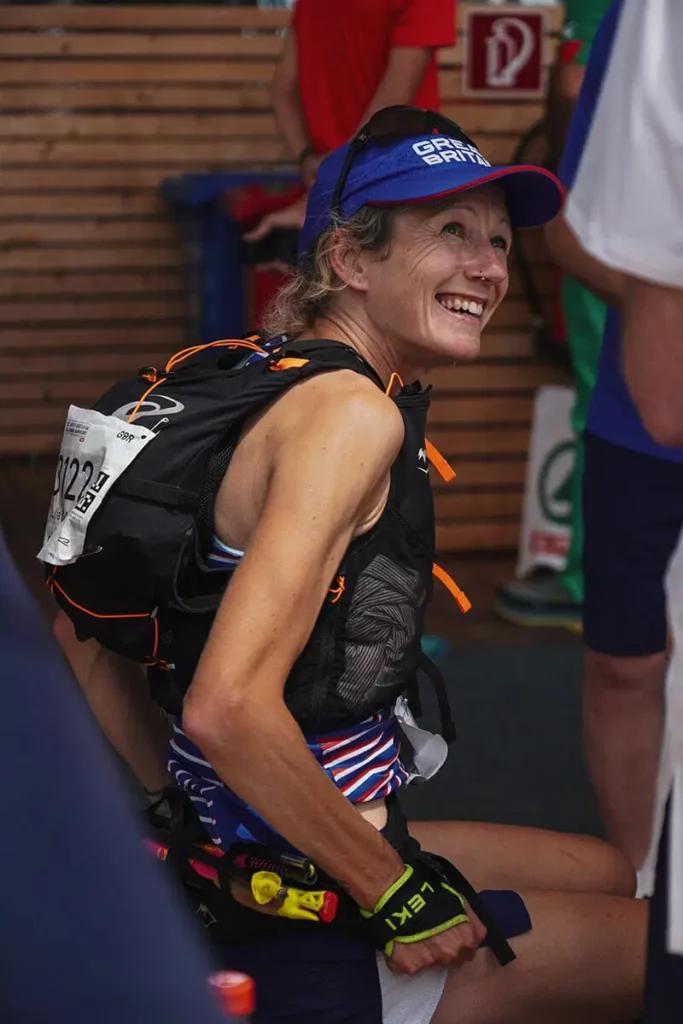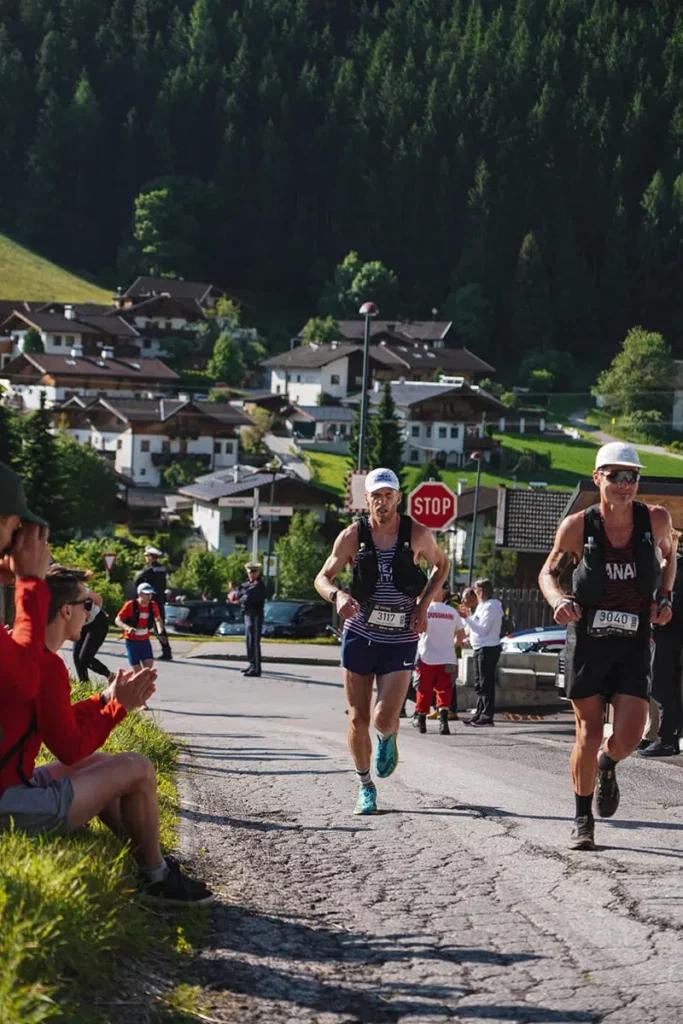
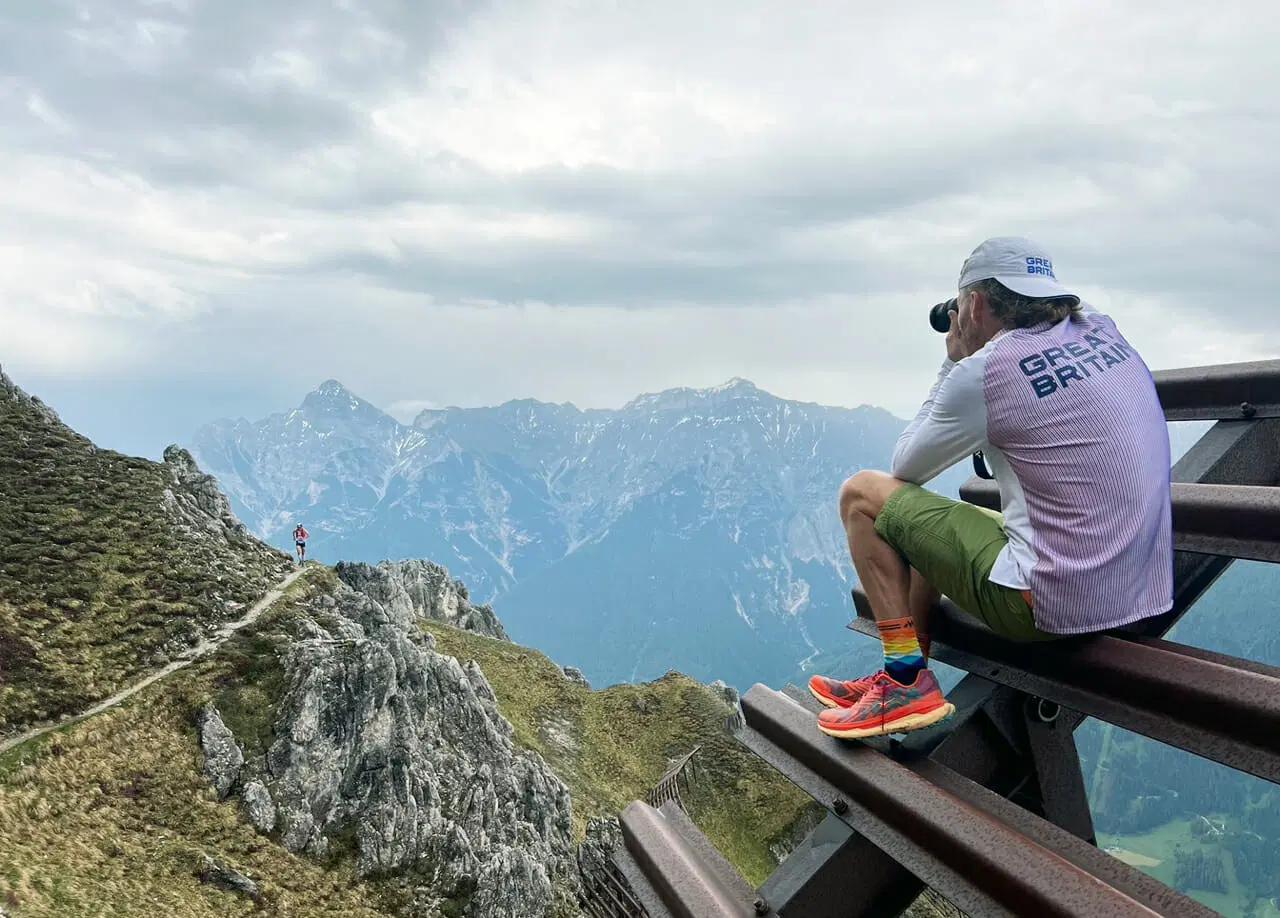
World Mountain and Trail Running Championships 2023: And a World Class DNF
I like to think that running for your country is a fairly big deal. Call me a romantic, sure, but to represent a nation of people, 99.9% of whom admittedly have no idea that they are being represented, is the pinnacle of sporting citizenship.
Every sport worth its salt has manufactured its own opportunity for state-sponsored chest-beating. There is a World Championship in darts, for example, a sport in the loosest possible sense played in pubs and drinking houses the world over by men and women who couldn’t run a bath, let alone the hundred meter dash. It seems only fitting, then, that there is a World Championships in mountain and trail running. Yet the one I’ll be describing is only in its second iteration.
There has been a burgeoning World Cup of mountain running, organized by the World Mountain Running Association (WMRA) playing out on the slopes of (predominantly) European mountains every summer since 1985, drawing some of the best mountain athletes the sport has ever seen. Parallel to this has been the World Championships supported by the International Association of Ultrarunners (IAU), with a slightly farther-reaching and open-minded attitude towards where trails are and who might be inclined to run on them, which hosts its races as far afield as Wales, which is also in Europe.
Like blind folk groping around within a prison cell, it was only a matter of time before these organizations, with their abutting coexistence, found each other. And to keep this penitentiary theme running, the combined World Mountain and Trail Running Championships (WMTRC) was birthed in the conjugal trailer of the World Athletics meeting room in Monaco.
That the first host country for the inaugural Championships was outside of Europe in Thailand was a bonus hammed up by Lord Sebastian Coe as a sign of World Athletics’ desire to grow the sport outside of one of the traditional bastions of the Alps and to include those who may not ordinarily have an opportunity to participate in such an event. That Thailand, post-COVID, was the only bidder and had the ready money to invest in the venture was a convenient happenstance.
The first WMTRC was an unmitigated success. Chiang Mai, Thailand was a fantastic host, far exceeding expectations, rightly or wrongly, and setting a benchmark that, spoiler, has yet to be matched…though we are only two Championships deep.
WMTRC 2023 in Innsbruck
Fast-forward six months to June 2023 (Thailand was delayed a year due to a couple of issues, resulting in the 2021 WMTRC being held in November of 2022) and athletes, giddy from being selected by national bodies over the telephone, WhatsApp, or text message were gathering in the Austrian city of Innsbruck.
The Championships appear to have grown exponentially in terms of participating countries, probably because Austria is a touch more palatable destination than Thailand to cajole the purse-strings into opening for the cattle-class flights or steam trains required to travel there. Assembling in the historic Marktplatz in the center of Innsbruck, awkward ‘Parade of Nations’ athletes were greeted by the Teutonic orderliness of the Germans, the flamboyant, devil-may-care of the Argentines, the pomp of the Italians, the stoic-cum-deer-in-headlight bemusement of Kenyans and Ugandans, and the wide-eyed innocence of the San Marinans…San Marinians…San Marinoians…people from San Marino.
Placards adorned with flags of various Motherlands were hoisted above heads, and competing nations slouched, marched, strode, skipped, and waddled into the streets of Innsbruck, meandering towards the lavish Hofburg Imperial Palace under the puzzled gaze of a few dozen onlookers wondering, no doubt, what on Earth this consortium of emaciated-looking waifs holding national-flag-coloured banners were protesting. Despite the more overt advertisements of the Championships this time around, there appeared to be little enthusiasm for our efforts from the local populace, their faces a studied mask of disinterest.
Maybe they were cheering on the inside.
The pattern of the newborn World Championships follows that of a typical marriage of convenience: each party brings with them their wares and sets them out as a shop front to their individual merits, begrudgingly accepting of the appeal found in their newly foisted spouse. It is perhaps worthwhile at this juncture to expand on the intricacies of ‘mountain’ and ‘trail’ running, such as they exist in the combined format.
Mountain and Trail Races Explained
A ‘mountain’ race under this definition generally involves short distances within two categories, the ‘vertical’, a race typically under 8km with over 1000m of climbing, and the ‘classic’, an up-and-down race with less elevation gain and usually up to 15km in distance.
The ‘trail’ races are subdivided into ‘short’, being to the layperson not particularly short at around marathon distance, but considerably shorter than the ‘long’, which is generally twice the distance of the ‘short’. Both ‘trail’ races are run in mountains, and both feature elevation gains to parallel that of the ‘vertical’ race were that race elongated in a commensurate fashion.
Another way in which Innsbruck differed from Chiang Mai was in the use of what were effectively two host towns / cities: Innsbruck for the ‘classic’ mountain race in its entirety and the start of the ‘short’ trail and finish of the ‘long’ trail, and Neustift-im-Stubaital for the ‘vertical’ race and the opposite of the two ‘trail’ races that I mentioned before. (I was trying to save words there by not going overboard with re-explaining the mirrored effects of the ‘trail’ races but I realize I have used pretty much the same amount of words again explaining the latter bit…and now this bit in brackets, anyway I hope it makes sense).
This was a novel idea from the organizers, but for spectators and athletes especially it proved somewhat, well, complicated. Teams were stretched far and wide, dotted about in random villages along the route between the host city and the end-of-valley town in some realization of a high school foreign exchange trip. As such the very raison d’etre of the Championship, the conjoined bonhomie of shared sporting hardship, was somewhat lost, only fleetingly summoned in cramped ‘call’ tents and on angst-ridden start lines.
WMTRC ‘Vertical’ and ‘Short’ Trail Races in Innsbruck
A reassuring normality was resumed in the opening race of the Championships as Uganda and Kenya dominated the seven kilometers and 1020 meters of the ‘vertical’…in the men’s race at least. Local, as in ‘she’s from Austria’, Andrea Mayr caused the throwing of a few Tirolerhuts (that’s a traditional alpine hat) into the air with her besting of Kenyan Philaries Jeruto Kisang and US mountain prodigy Grayson Murphy into second and third.
The route itself was beautiful, winding its way through forested mountain sides on steep singletrack to an eye-popping wall of grass leading the final two hundred vertical meters to the tape. Spare a thought for the poor Spanish lad who broke his collarbone tumbling in the first few strides after the gun and will just have to take my word for it when imagining the course.
If most spectators were anything like me then they must have barely slept a wink in anticipation of the following day’s racing, the unofficial showpiece event of the WMTRC, the ‘short’ trail. I tell a lie, I must have slept a wink, or maybe even two, as I distinctly remember being rudely awoken in my AirBnB-cum-Ronald-McDonald-home-farm-experience by the braying of cattle being rustled from their slumber for an early morning milking. Suitably refreshed after my dawn alarm, I joined the Irish and Swiss team staff at the Kreuzjoch aid station to await the runners, 36 kilometers into their 45km race. Having been aroused before even the sun could be bothered getting up, I arrived unfashionably early so spent a happy couple of hours picking my way along the dizzying trails in a stunning landscape, tracing a line to a vantage point above the final, thrilling descent to take photos of the onrushing demi-gods.
I waited.
And I waited some more.
The arrival of the vanguard of runners was heralded by the exclusively German cries of hopp hopp! Around the corner and perfectly silhouetted against the alpine backdrop, came our hero, and defending World Champion, Stian Angermund. I raised my camera to a hopeful eye, aware that only a miracle could allow me to capture this image in a way worthy of even a semblance of its majesty, when up popped, no more than a pace behind the Norwegian and royally ruining the next front cover of Runner’s World, three blundering, sweating spectators all ignorant to my desperate implorations to ‘get out of the b*stard way!’
In their defense, seeing some of the best runners on the planet up close and personal is like being drunk at the fairground bumper cars; things are happening all around you, it’s fun, you’re aware that there are people there and that there is excitement, mainly from the flashing lights and ambient techno soundtrack, and you have the means to elucidate some thoughts, yet on a surface level you have absolutely no idea how profound the effect is on you.
The routes, to the immeasurable credit of the organizing committee, were made for spectating. Ample recourse could be made to the use of cable cars, which service the mountains to transport you a vertical kilometer into the sky and plonk you down for a grandstand view of the likes of Judith Wyder and Emelie Forsberg battling it out for supremacy on graveled passes. Such is the infrastructure, especially when combined with the event’s spectator shuttle service, that fans were able to visit multiple parts of the course within the same race, leapfrogging their favorites and no doubt causing a few scratchings of heads and hallucinogenic exhortations of was zum Teufel? (German language long-hand for ‘WTF’) from those racing.
There was of course a major downside within the ‘spectate at all costs’ strategy of the organizers, namely the 100m-long, boulder, wood beam and water-pit encrusted elephant in the room that was the proposed starting chute for the ‘short’ trail race. The idea was honorable enough, addressing the desire to enthuse the inhabitants of Innsbruck and encourage local ‘buy-in’ for the Championships, with a ready-made urban trail. The planned execution, forcing 300 of the best mountain athletes on the planet to cartwheel and pinball their way through a shopping aisle from the gun, was not. Common sense prevailed, to an extent, and in the end the athletes were instead forced to run a neutralized start through the lane before retaking positions and starting again, properly.
On the WMTRC ‘Long Trail’
Daft too was the distance of the ‘long’ trail, my race. I don’t mean to appear all soft and whiney, though I am British, but changing to an ‘easier’ course due to inclement snow conditions on the highest trails does not generally mean an increase in distance and elevation. That all seems a bit rude to me, just not cricket, if you will, especially when exactly notice of only five days is given about such a change.
Fortunately, I was well prepared.
A freak rupture of a plantaris tendon in my ankle some three months prior meant that I was well rested and unburdened by the recent physiological knowledge of the battering that legs can take when traversing an 87km route with 6500m of climbing and descending. The flaw in my plan was discovered some 17km into the race when cramps began to wreak havoc vigorously due to my woeful lack of advanced conditioning. And more worryingly, a resurgence of my phantom plantaris tendon meant every increasingly labored uphill step caused ever more debilitating pain. Knowing that my injury was such that I couldn’t actually do any more harm to it or, by extension, myself (by rupturing it I had performed a surgeon’s job for them…you’re welcome NHS) it was merely a case of channeling my inner John Wayne and toughing it out.
This lasted all of a further 25km before I called it quits and, in the immortal words of a British Army NCO I once worked with, ‘wrapped my bangers in’. Not a way to end any race, certainly not a World Championship, but if you’re going to DNF, do it with style, I always say.
‘Classic’ Trail Race at WMTRC
I’m afraid I didn’t stay to watch the ‘classic’ race on the final day. A 20-hour drive took most of my attention instead as I endeavored to beat the laws of physics to arrive home in time for work the following night (the only race I did well in). I hear it was great though; a race over the Scalextric (look it up kids) track in the center of Innsbruck before meandering over the trails immediately north of the city in the foothills of the mighty Nordkette and back through town for a second lap. A good day for Grayson Murphy, turning her bronze from the uphill race into a gold this time around, and for Leonard Chemutai of Uganda, whose country scored a respectable two out of two for getting to the correct race starts this Championships.
WMTRC Looking Toward 2024
The World Mountain and Trail Running Championships in its infancy but growing up fast. The past two iterations of the Championships, in Chiang Mai and now Innsbruck, have had teething problems. Where one excelled in some key respects, the other floundered, and vice versa.
What both achieved fantastically was in capturing a palpable sense and honest representation of their host nation. What both also achieved was in stymying preconceptions in the nicest possible way, as, for example, having battled through dense undergrowth just days before the opening ceremony, I hand-on-heart did not expect the races in Thailand to be so well cleared, signed and marshaled. As a set of blueprints from which to build the next World Championships, you could do a heck of a lot with the foundations laid in 2022 and 2023. See you at the WMTRC two years from now, due to be held in the Spanish Pyrenees!
